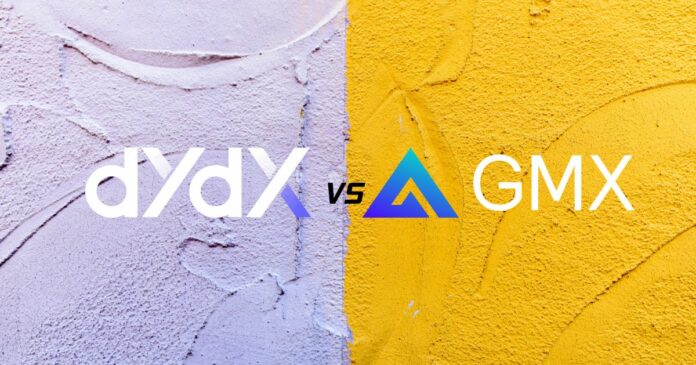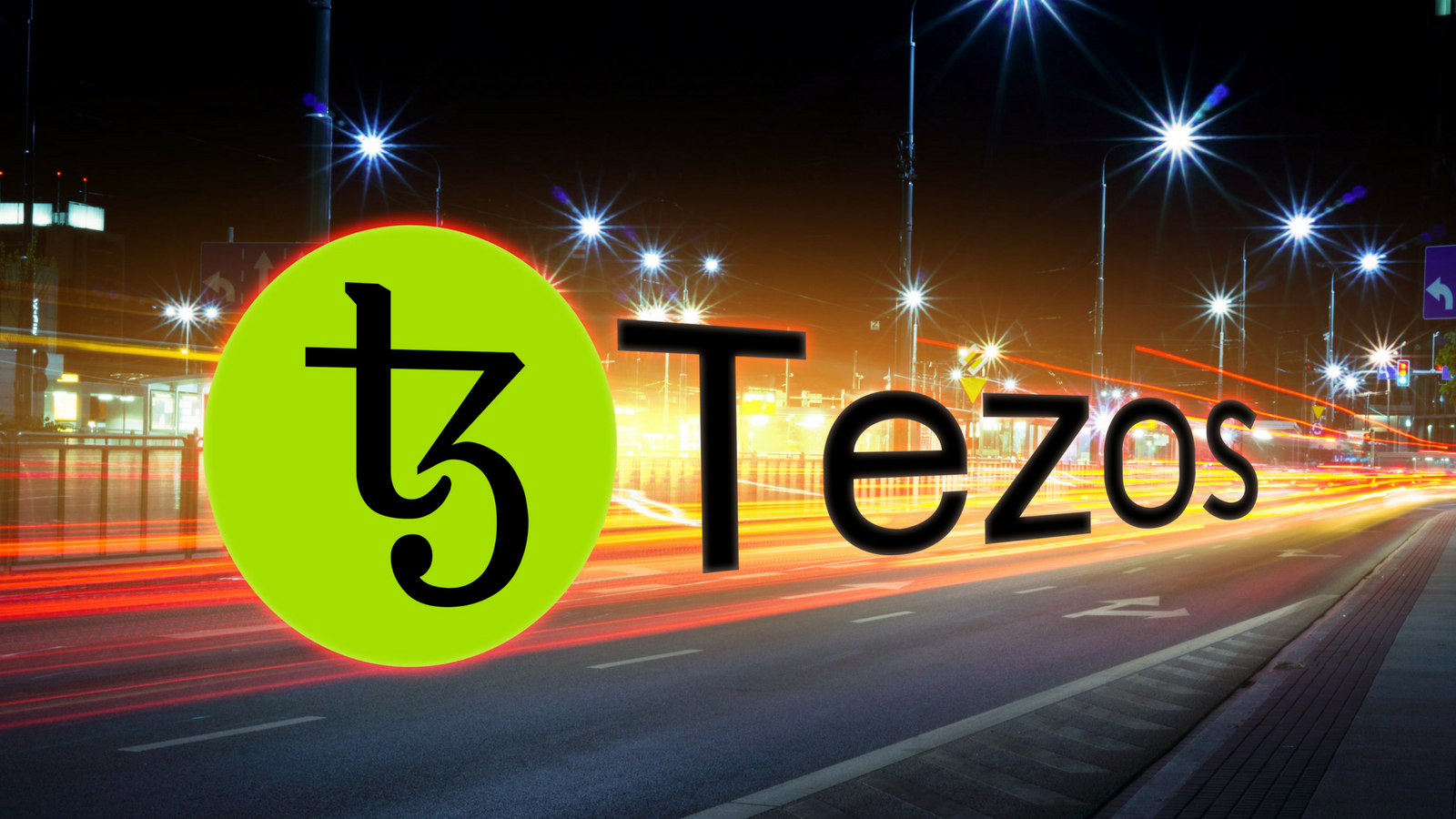Since the Decentralized Finance (DeFi) boom in 2020, many traditional finance concepts have been deployed into the decentralized space. So, several concepts have been introduced, changing how the market runs. Interestingly, decentralized derivatives are one such concept. This initiative provides traders with an option to trade several assets without holding any of them in a decentralized way.
So, this article will compare two of the most well-known decentralized derivative exchanges at the moment, GMX vs dYdX. But first, let’s define what is a derivate.
What is a Web3 Derivative?
A derivative is a contract in traditional finance that gets its value by tracking how well an underlying asset performs. So, this allows investors to hold or trade these assets without really owning them. In addition, the underlying “assets” could constitute an asset, a group of assets, a stock, a commodity, market indexes, currencies, interest rates, bonds or even another derivative.
However, DeFi derivatives are essentially blockchain-based derivatives contracts that employ smart contracts to automate the conditions of contracts. So, this eliminates the reliance on brokers. And, when the conditions of the contract are met, settlement occurs automatically on-chain. These are some of the popular DeFi derivative protocols:
1/ @GMX_IO's innovative design has allowed it to flourish into its own ecosystem through $GLP yield & ready-made delta-neutral strategies w/ @UmamiFinance @GMDprotocol @rage_trade
To help you learn how, I've published a FREE 59 page research report🧵👇 pic.twitter.com/b8aMmoWFV6
— 0xwintersoldier.lens🌿 (@WinterSoldierxz) December 12, 2022
So, each of these exchanges have their perks, structure and reward system. Now let’s compare GMX and dYdx
Comparing GMX and dYdX
CRITERIA |
GMX |
dYdX |
|
| Blockchain Compatibility | GMX is a decentralized exchange protocol that runs on Arbitrum, a layer-2 solution for the Ethereum blockchain. Interestingly, it recently launched on Avalanche, an EVM-compatible blockchain that offers a high transactional speed. | dydx is a decentralized permissionless exchange built on the Ethereum blockchain. In addition, it leverages Layer two (L2) solutions to facilitate efficient cryptocurrency trading with reduced gas costs for users. | |
| Services/Products | The services provided by the exchange includes spot trading, and perpetual contract trading. | The services provided by the exchange includes lending, borrowing, margin trading, spot trading, and perpetual contract trading. | |
Maximum Leverage Tradeable |
It provides an opportunity to trade perpetual contracts with up to 30x leverage. And this is 10 times more than dYdX. | It provides an opportunity to trade perpetual contracts with up to 20x leverage. | |
Technology |
In contrast to dYdX, the protocol does not employ an order book for its operation. However, its operation uses the GLP liquidity model, a shared liquidity mechanism. So, this serves as a pool for all tradable assets. | The protocol operates both with centralized and decentralized components. So, the use of an order book and a matching engine service are its centralized aspects, while the use of smart contracts is for the latter. | |
Data Feed |
It uses prices from Chainlink’s oracle network and largeCEX for its effective operation. | It uses prices from Chainlink’s oracle network. | |
| Collateral in Use | The protocol permits the use of a variety of assets for collateral. | The protocol exclusively allows the use of USDC for collateral. | |
| Available Order Types | Unlike dYdX, only market and limit order types are available to buy or sell an asset. | Apart from market and limit order, there are a few more types of order available. They include trailing stop and bracket commands. | |
| Utility Token | GMX serves as the protocol’s utility and governance token. In addition, holders of tokens can use it to vote on proposals to determine the protocol’s future development.
Furthermore, GLP serves as the protocol’s native liquidity provider token, which provides liquidity for traders. |
The protocol’s utility token is DYDX. So, it is used for protocol incentives, staking and staking rewards, and fee discounts. Additionally, it serves as the governance token that enables users to vote on suggestions for the protocol enhancements. | |
| Supply of Utility Token | GMX currently has a maximum supply of 13.25 million tokens with a circulating supply of 8.4 million tokens. However, a 28-day timelock regulates minting beyond its million supply. |
|
We’re excited to announce that dYdX V4 will be developed as a standalone Cosmos-based blockchain! 🔗🎉https://t.co/zQzZMIpzWO
— dYdX (@dYdX) June 22, 2022
Conclusion
Decentralized derivatives eliminate the need for a third party to facilitate trade. This way, they create trustless trades. In addition, there’s no single point of failure or control. So, no central body can manipulate the market. Additionally, decentralized derivates have advantages over traditional derivatives. For example, they are more accessible and less expensive to trade.
Finally, we’ve looked at GMX and dYdx. So, both platforms have their strengths and weak spots. However, the choice on which to use depends on your preference and specific need.
⬆️ For more cryptocurrency news, check out the Altcoin Buzz YouTube channel.
⬆️ Our popular Altcoin Buzz Access group generates tons of alpha for our subscribers. And for a limited time, it’s Free. Click the link and join the conversation today.




























